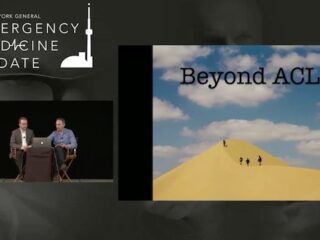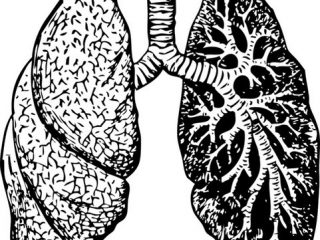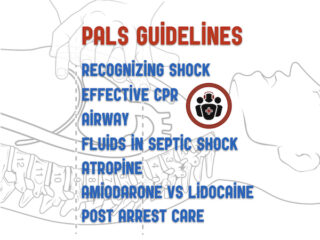EM Cases emergency medicine education podcast
Episode 96 Beyond ACLS Cardiac Arrest – Live from EMU Conference 2017
This is the first ever video podcast on EM Cases with Jordan Chenkin from EMU Conference 2017 discussing how to optimize three aspects of cardiac arrest care: persistent ventricular fibrillation, optimizing pulse checks and PEA arrest, with code team videos contrasting the ACLS approach to an optimized approach...










